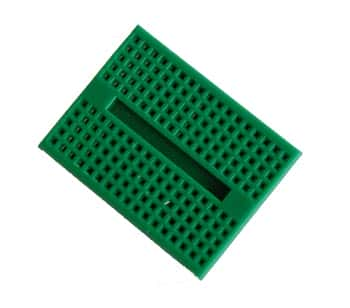Yes, it’s true. Proteus Biomedical has announced that they will be launching a innovative product that imbeds microchips in pills so that patients can be monitored by their health care professionals and even their families.
The purpose of the monitoring is to be sure that patients are taking their medications properly and on time and to also monitor a range of additional patient information including respiration rate, heart rate, temperature, sleep patterns and physical activity. It is estimated that up to 50% of all patients take their medication improperly so this will assist health care professionals and family member with the patient’s drug regimen.
The sensors are about the size of a grain of sand. The sensor-enabled tablets are called Helius. The Helius can be taken with pills or incorporated into medications by the drug manufacturers. Once ingested, the sensors are activated by stomach acid. Each sensor contains a very small amount of copper and magnesium which react with stomach acid to create the power necessary to generate a digital signal. Through an adhesive patch on the skin, the digital signal is read and and the data transmitted through the patient’s cell phone.
Don’t look for the microchipped pill just yet. Proteus Biomedical will be introducing their new product in the UK first.

